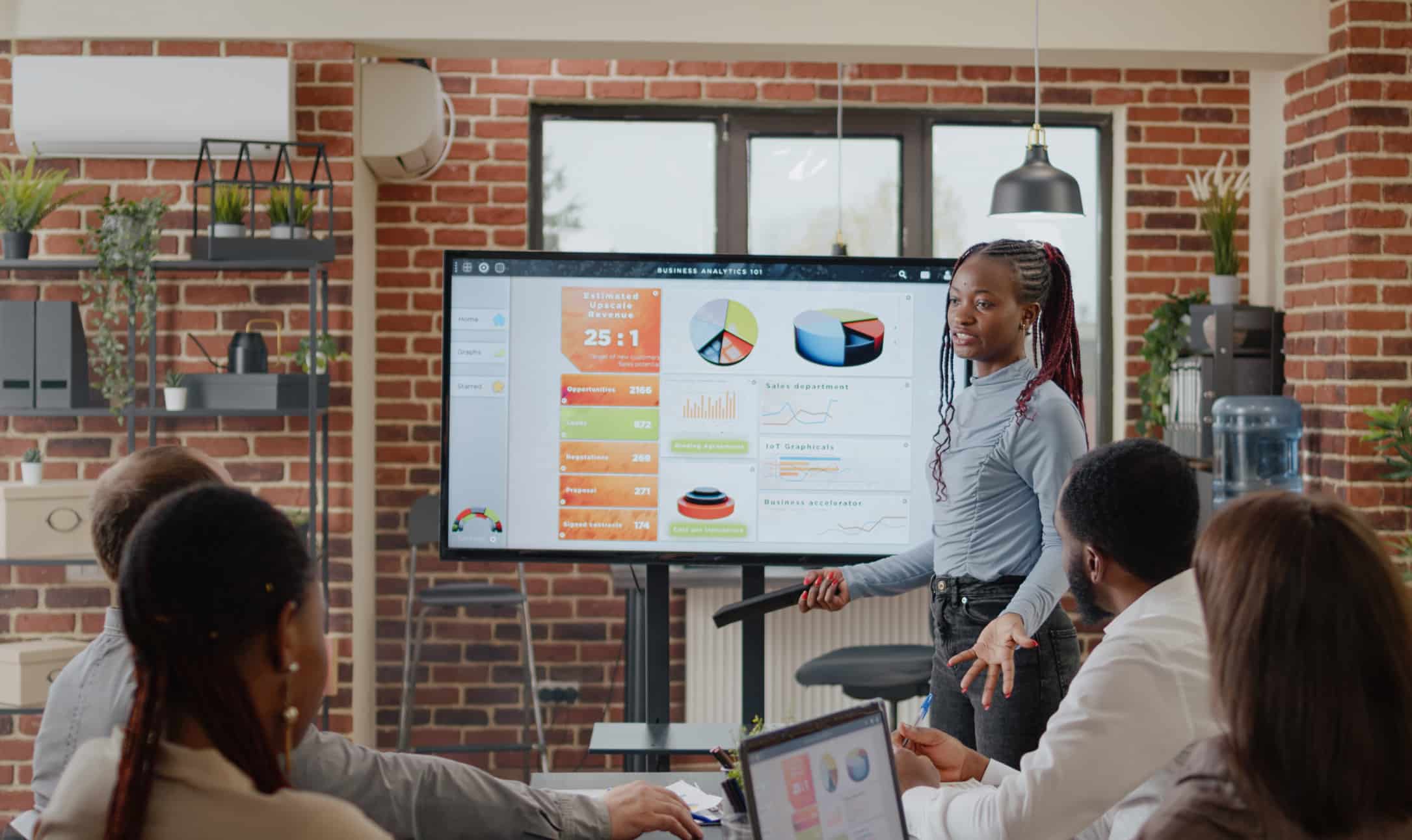Too many companies make the mistake of thinking that the onboarding process for new employees is a mere formality. In reality, onboarding has a vital role to play.
Not only is a smooth onboarding process essential for employee engagement, but it also has a significant impact on employee retention. With a well-designed onboarding process, your company can set its new employees up for success.
A negative onboarding experience, on the other hand, can have serious financial consequences for your company.
>With these stakes in mind, let’s take a closer look at how you can design a successful onboarding e-learning course that resonates with your team.








